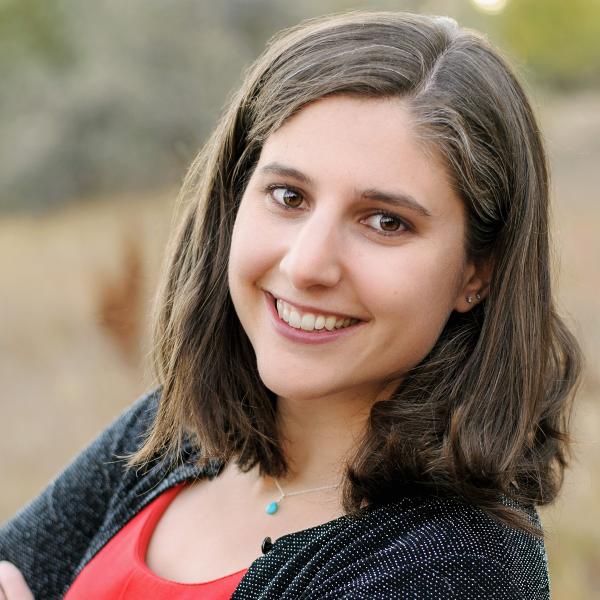Roughly six of 10 students said they have tried alcohol, and 30 percent are regular drinkers.
Rates of one-time prescription drug use among students are much lower, at 13.7 percent. And regular use of both prescription is lower still at 6.7 percent, the 2015 results show.
The survey also reveals that substance use varies by geography. For example, drinking is highest in Western Slope counties and lower among those who live in the Denver metro area. One-time Prescription drug use is also the highest in Western Slope counties and lowest in Denver County.
This report is part of the Colorado Health Institute’s series of interactive dashboards and in-depth analyses of data from the 2015 HKCS.
Alcohol
Alcohol is the substance of choice for many Colorado high schoolers. Nearly one of three (30.2 percent) said they had at least one drink in the past 30 days.
And in some cases, students are experiment at an early age: a full 18 percent of high schoolers said they had at least one drink before turning 13.
There are geographic and demographic aspects to drinking.
Not surprisingly, places where students said it’s easy to get alcohol also had the highest rates of one-time and regular use.
Most students (63 percent) in Chaffee, Fremont, Custer and Lake counties (Health Statistics Region 13) said it was easy to get alcohol. This area also reported some of the highest rates of one-time alcohol use (69 percent), binge drinking (21 percent), and drinking in the past 30 days (36 percent) — an indicator of regular use.
In the Eastern Plains counties of Elbert, Lincoln, Kit Carson and Cheyenne (Health Statistics Region 5), roughly 69 percent of students have tried alcohol, but only 25 percent said they are regular drinkers. Notably, the survey found a large gap in Arapahoe County (Health Statistics Region 15) between students who said they had tried alcohol (53.4 percent) and those who said they are regular drinkers (15.7 percent).
There is a demographic component to drinking.
For instance, one of three white students said they were regular drinkers, as did 40 percent of Native Hawaiian/Pacific Islanders. The rates were much lower for black students (16 percent), Asian students (19 percent) and Native American students (18 percent).
Data suggest that lesbian, gay, or bisexual (LGB) teens are more likely to have tried alcohol and regularly use it than heterosexual students. Almost 75 percent of LGB students said they have tried alcohol compared with 58 percent of straight students. Forty percent of LGB respondents said they drank alcohol in the previous month compared with 29 percent of heterosexual students.
Prescription Drugs
The Colorado Consortium for Prescription Drug Abuse Prevention reports that misuse of prescription drugs has become an epidemic. In Colorado, more than 16 percent of students reported they were given, sold or distributed prescription or illicit drugs on school property.
Statewide, 14 percent of students say they have used prescription drugs without a doctor’s note at least once in their life. The highest rates of one-time use were in places where students said drugs were easily obtained — Chaffee, Fremont, Custer and Lake counties (Health Statistics Region 13) at 19 percent and Clear Creek, Gilpin, Park and Teller counties (Health Statistics Region 17) at 18 percent. Denver County (Health Statistics Region 20) reported the lowest rate of use with 10 percent of students saying they have tried prescription drugs without a doctor’s orders.
Multiracial students were most likely to use prescription drugs at least once (18 percent) while black and Asian students were least likely, nine percent.
As for use in the previous 30 days, about one of 10 students in Pueblo County (Health Statistics Region 7) and Health Statistics Region 13 reported using prescription drugs — the highest regular use in the state. Larimer County (Health Statistics Region 2) reported the lowest rate of just four percent.
Street Drugs
Some good news coming out of the 2015 survey was the overall decrease in use of street drugs by Colorado’s high schoolers.
Less than 6 percent of students said they ever used cocaine, heroin, methamphetamines or ecstasy. Overall, use declined among all racial and ethnic groups except Asian or Native Hawaiian/ Pacific Islander. Their rates of use, however, are very low.

